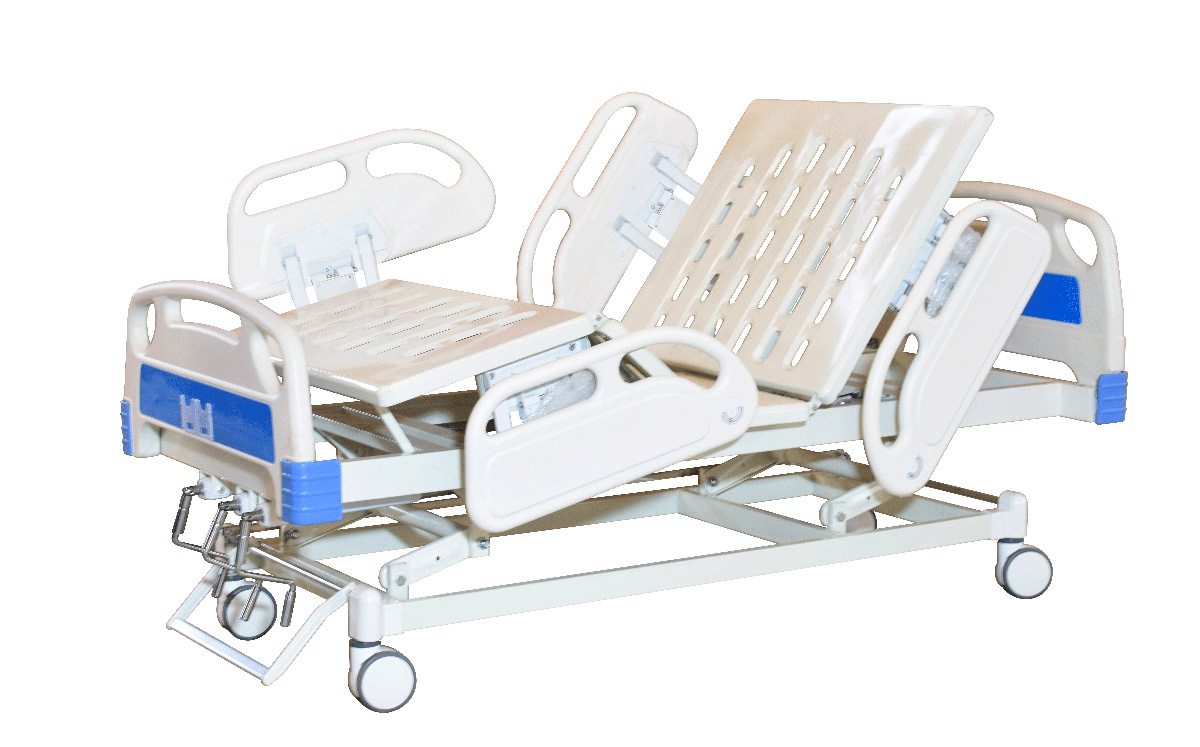Welcome to our websites!
hospital commode
Understanding Hospital Commodes Importance and Usage
Hospital commodes are specialized pieces of medical equipment designed to provide comfort and convenience for patients who are unable to access standard bathroom facilities. These commodes play a crucial role in enhancing patient dignity and ensuring hygiene, particularly for individuals with limited mobility due to surgery, illness, or aging. This article explores the significance of hospital commodes, their various types, and tips for selecting and using them effectively.
The Importance of Hospital Commodes
1. Patient Dignity and Comfort One of the most pressing concerns for patients who cannot use a traditional toilet is the aspect of dignity. Hospital commodes help maintain a level of privacy and comfort, allowing patients to perform personal hygiene tasks in a more respectful manner. The psychological impact of having appropriate facilities cannot be understated, as it can significantly influence a patient’s overall mood during recovery.
2. Preventing Falls and Injuries Accessibility is a major concern in hospital settings, especially when dealing with patients who are at risk of falling. Hospital commodes are designed to be placed strategically in patient rooms, reducing the need for patients to navigate to distant bathrooms. This proximity not only prevents potential falls but also facilitates quicker access when nature calls.
3. Infection Control Maintaining cleanliness and hygiene is paramount in healthcare. Hospital commodes are often equipped with features that make cleaning easier and more effective. They may come with removable buckets, antimicrobial surfaces, or disposable liners, all of which help reduce the risk of infection transmission in a healthcare environment.
Types of Hospital Commodes
Hospital commodes vary in design and functionality, catering to different patient needs
. Here are some common types1. Standard Commode This is the most basic version, typically featuring a seat with a removable bucket. It is portable and can be used beside a bed or in a confined space.
2. Raised-Height Commode For patients with mobility issues or those recovering from surgery, a raised-height commode offers additional support and ease of use, allowing them to sit down and stand up with less strain.
3. Wheelchair Commode Designed for individuals who are wheelchair-bound, these commodes can be positioned over a toilet. They often have adjustable armrests and footrests to enhance accessibility.
hospital commode

4. Bedside Commode This type is specifically designed for use beside a bed, equipped with a sturdy base and often featuring a padded seat for added comfort.
Selecting the Right Hospital Commode
When choosing a hospital commode, several factors should be considered
1. Patient Needs Assess the specific needs of the patient. Consider their mobility level, any existing medical conditions, and personal preferences.
2. Height and Weight Capacity Ensure that the commode can support the patient's weight and is at the right height for their comfort.
3. Ease of Cleaning Look for materials that are easy to clean and sanitize to maintain hygiene in the home or healthcare setting.
4. Portability If the commode needs to be moved frequently or used in different locations, a lightweight and foldable design may be beneficial.
5. Additional Features Features such as armrests, splash guards, and padded seats can enhance both safety and comfort.
Conclusion
Hospital commodes are invaluable tools that enhance patient care by addressing hygiene and mobility needs. They provide comfort, promote dignity, and facilitate care in a manner that respects the patient's situation. In addition to ensuring safety and cleanliness, these commodes play a vital role in the overall recovery process. Understanding the various options and how to choose the right type can greatly enhance the quality of life for patients during their recovery journey.
Ultimately, choosing the right hospital commode can make a significant difference, not only in physical comfort but also in a patient’s emotional well-being, thus allowing for a more positive healthcare experience.
-
Transforming Healthcare with Hospital FurnitureNewsJun.24,2025
-
Rehabilitation EquipmentNewsJun.24,2025
-
Mobility and Independence with WheelchairsNewsJun.24,2025
-
Freedom of Mobility with Our Rollator WalkersNewsJun.24,2025
-
Comfort and Independence with Commode ChairsNewsJun.24,2025
-
Bathing Safety and Independence with Shower ChairsNewsJun.24,2025
-
Navigating the Wholesale Landscape of Electric Mobility Solutions: Key Considerations for Power Wheelchair DealersNewsJun.10,2025











